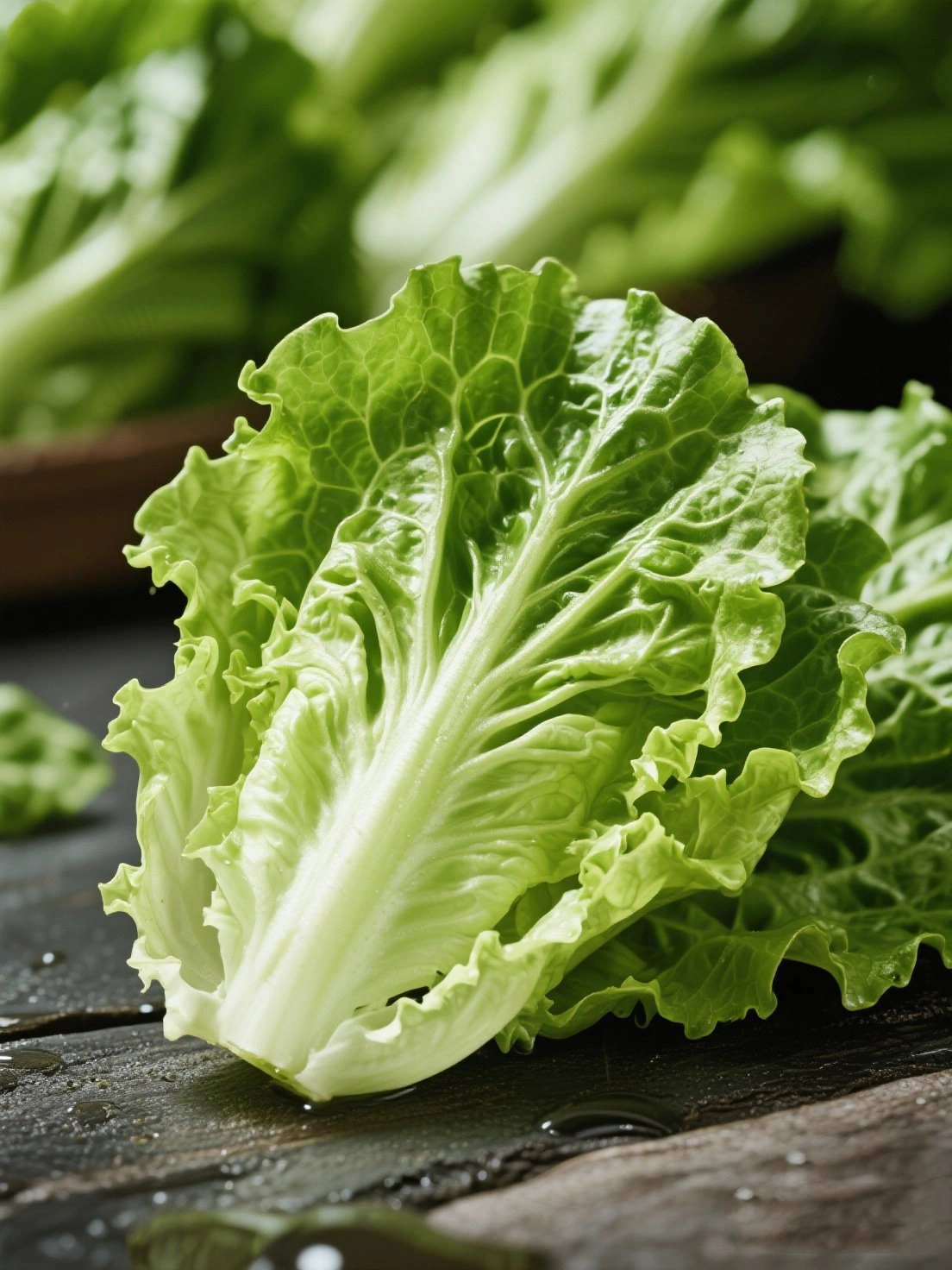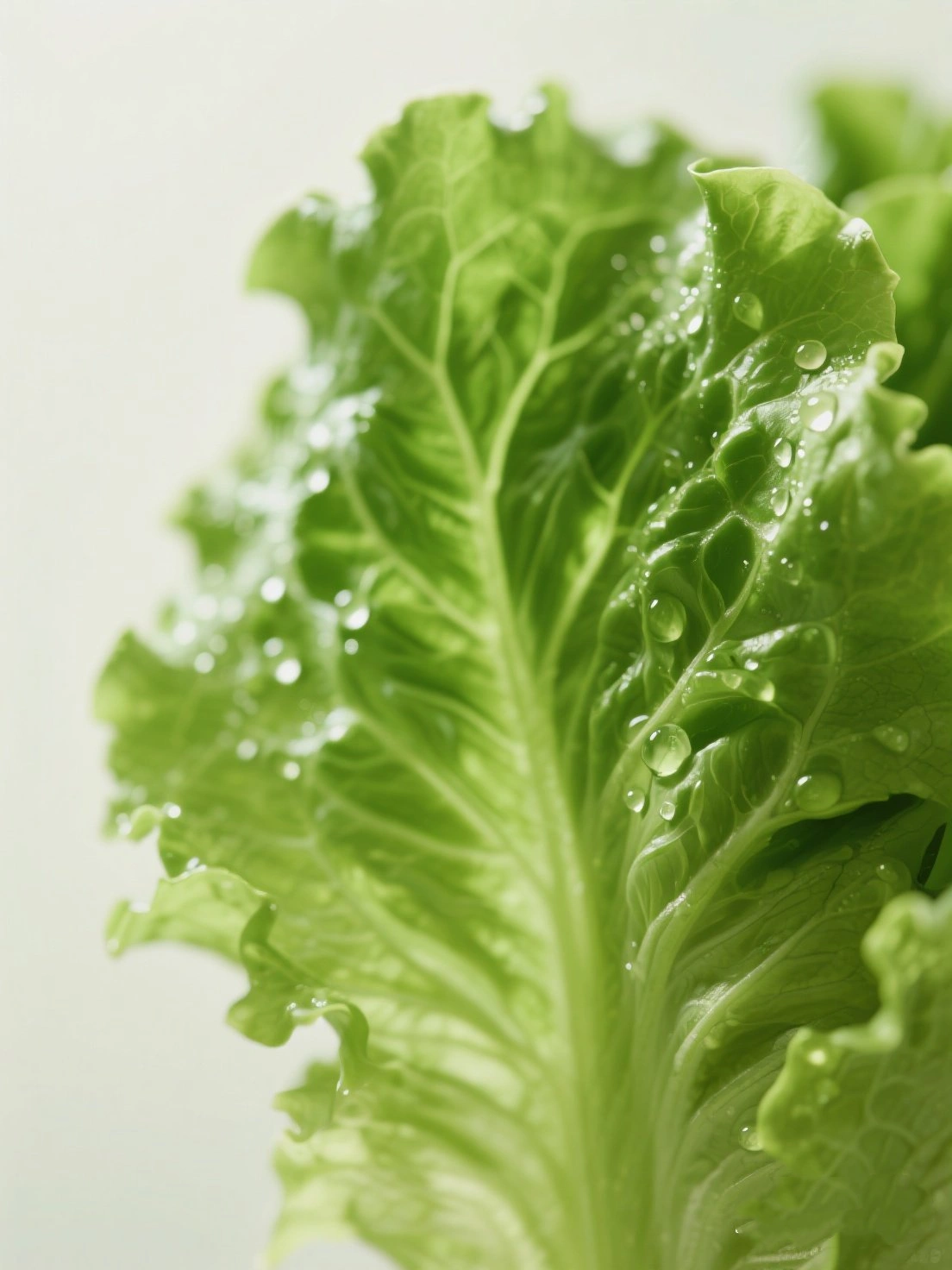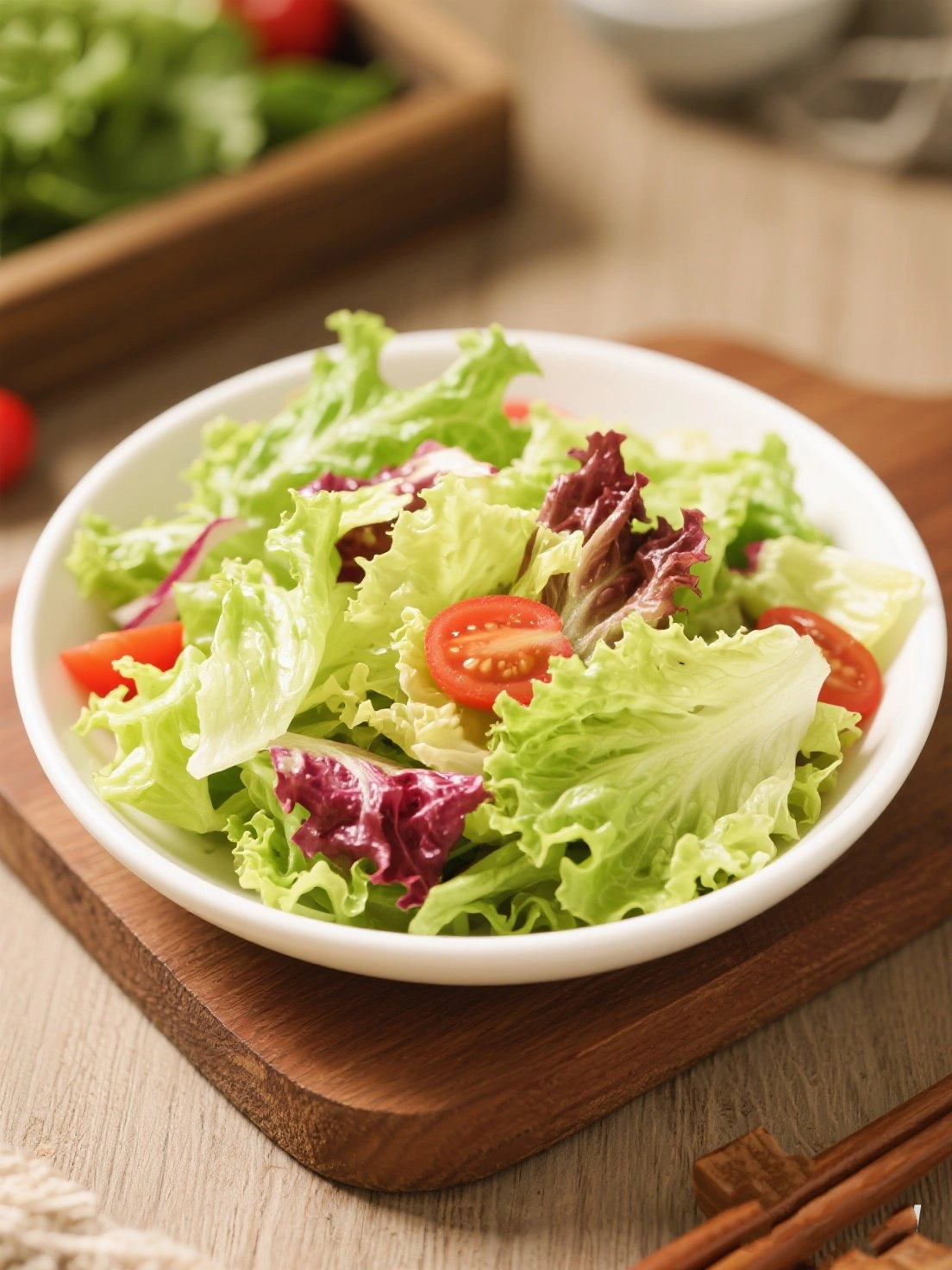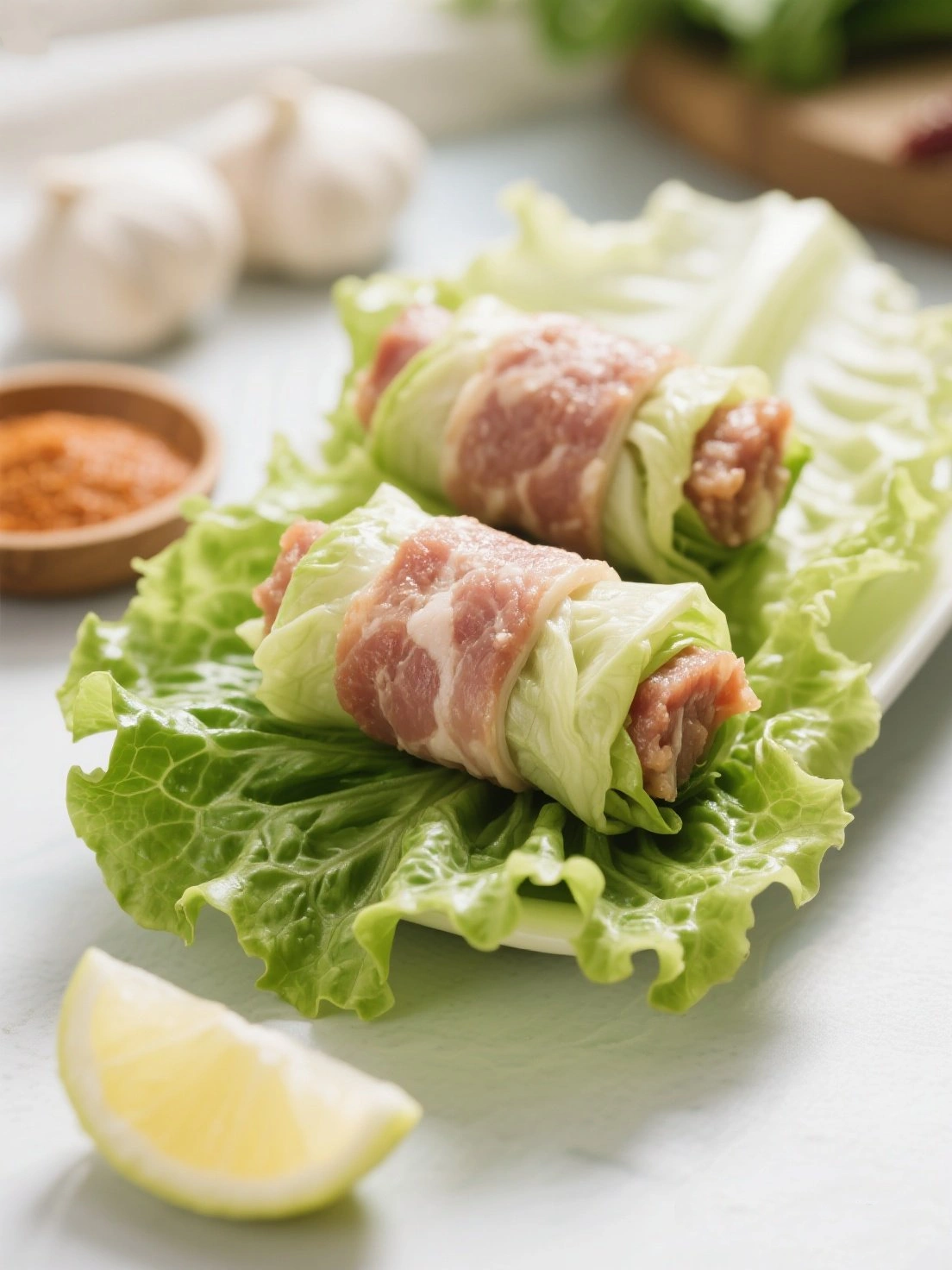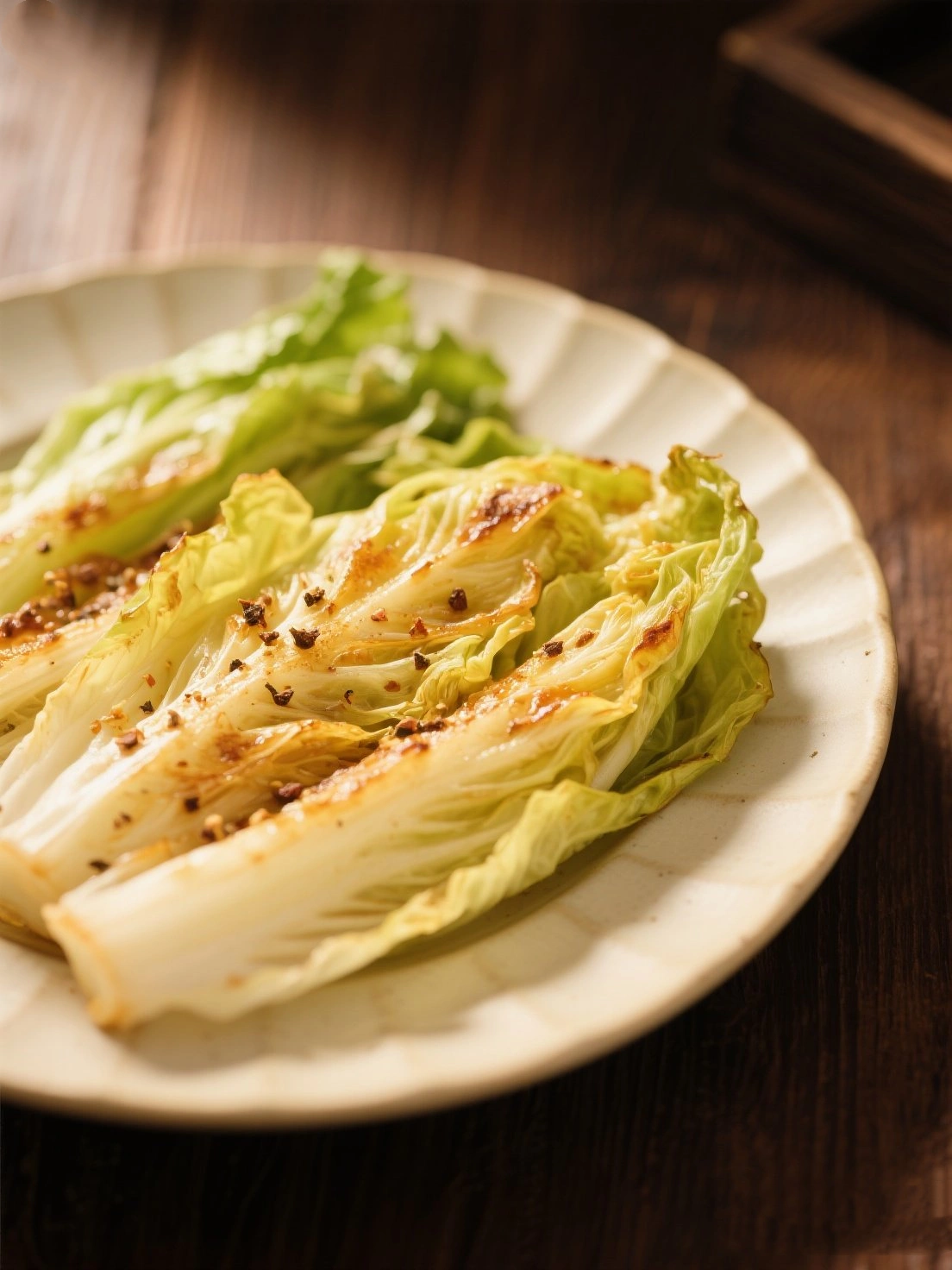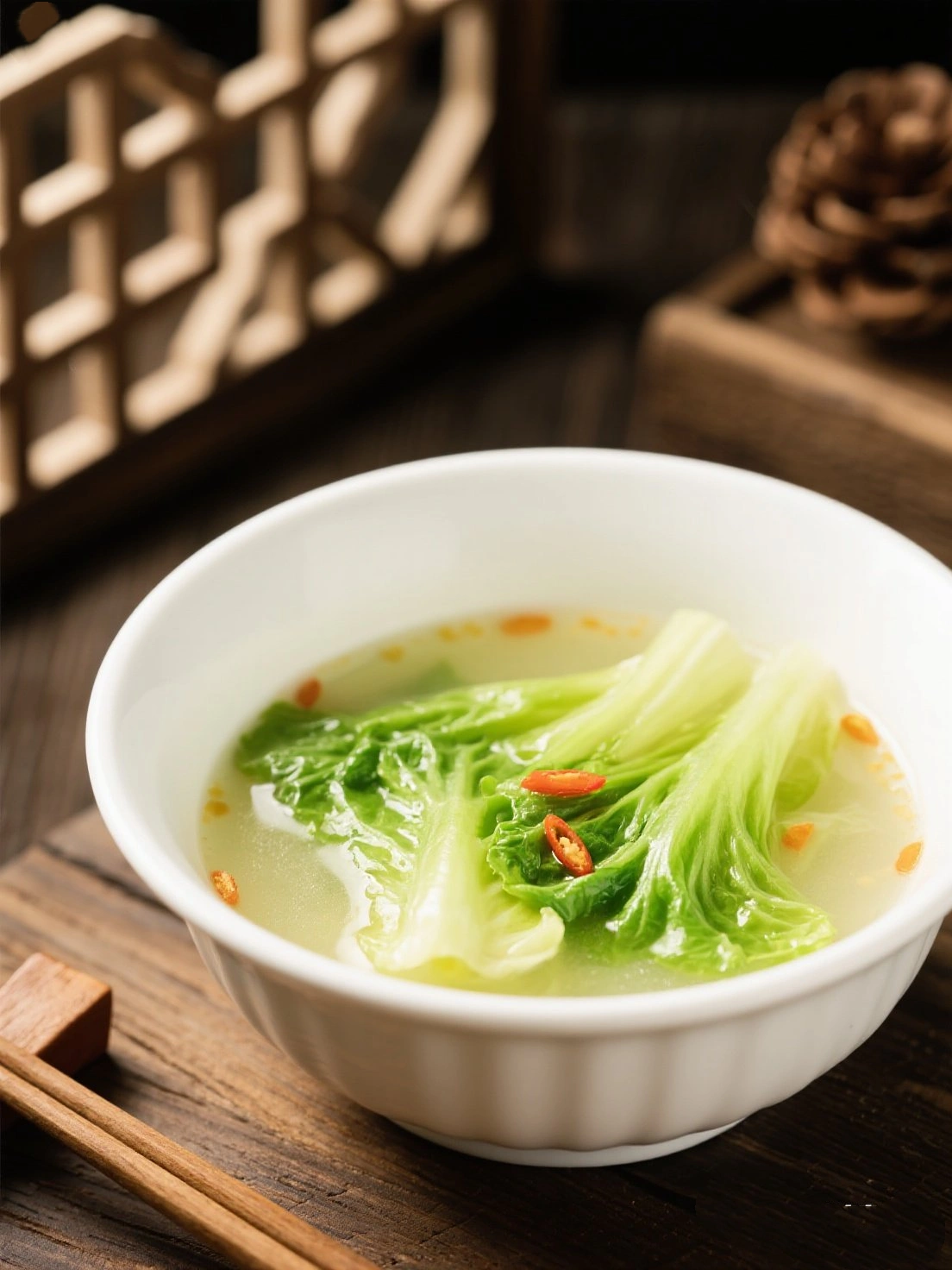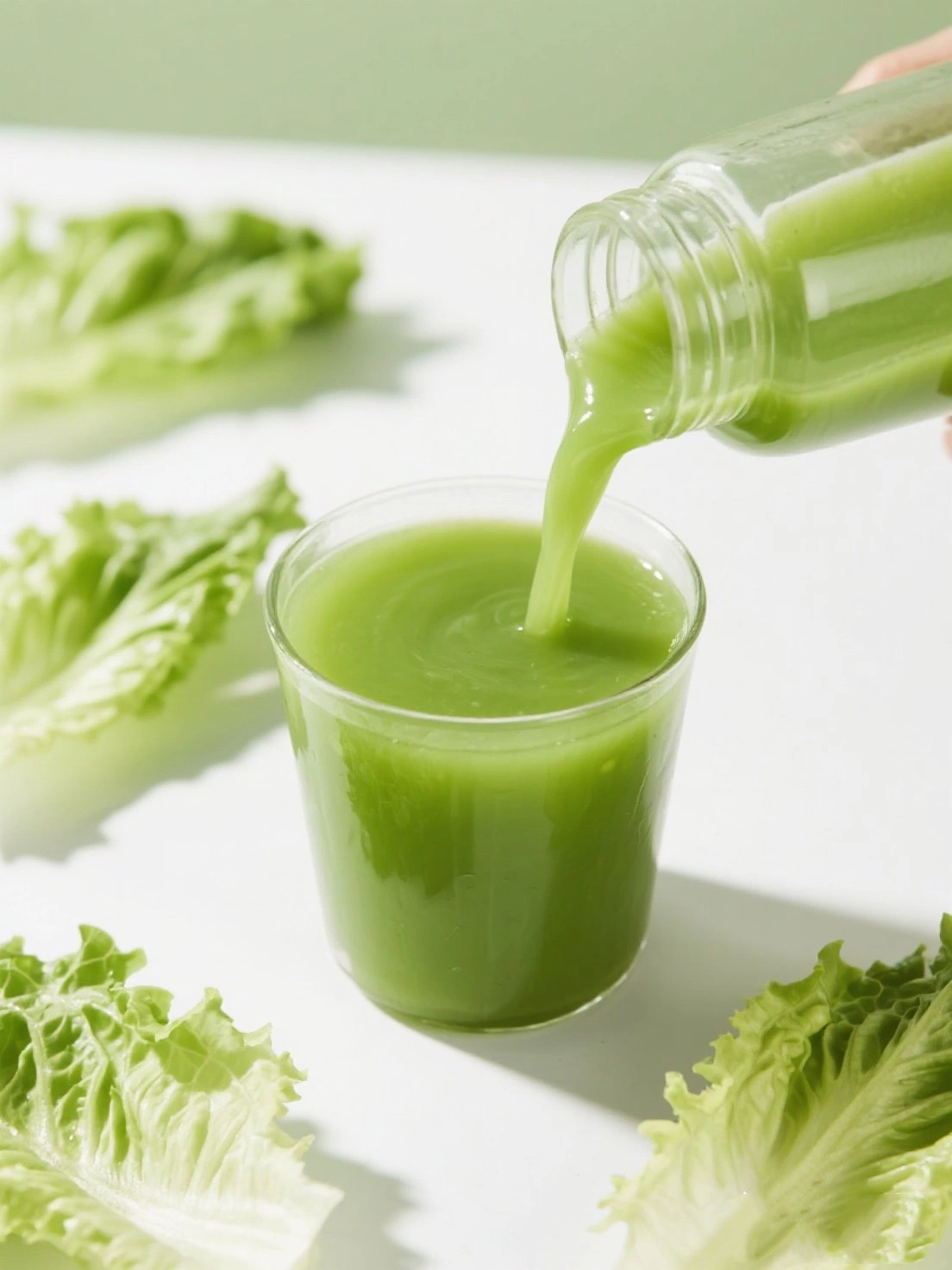Lettuce (Lactuca sativa) is an annual plant of the daisy family, Asteraceae. It is most often grown as a leaf vegetable, but sometimes for its stem and seeds. First cultivated by the ancient Egyptians who turned it from a weed into a food plant, lettuce has been grown for over 4,500 years.
There are several main types of lettuce: crisphead (like iceberg), butterhead (Boston and Bibb), romaine (cos), looseleaf, and stem (or asparagus lettuce). Each variety offers different textures and flavors, from crisp and watery to tender and buttery.
As the foundation of salads worldwide, lettuce is valued for its fresh crunch, mild flavor, and nutritional benefits. It's particularly popular in Western cuisine but has gained global popularity for its versatility and health properties.
